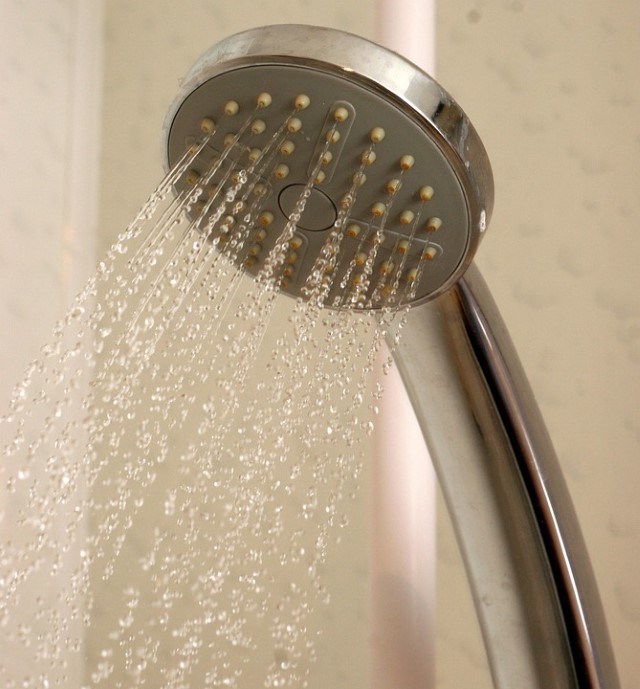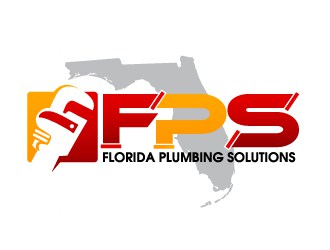There’s nothing more frustrating than stepping into the shower, ready to unwind, only to be greeted by a trickle of water instead of a powerful stream. Low water pressure in the shower is a common issue in many homes, and while it might seem like a minor inconvenience, it can affect your overall comfort, daily routines, and even your water usage.
If you’ve been battling low water pressure in your shower, you’re not alone. Here’s why it happens, what could be causing it, and, most importantly, how you can fix it.
What Causes Low Shower Pressure?
Low water pressure is typically caused by one or more issues that affect the flow of water through your plumbing system. Some of the most common causes include:
1. Clogged Showerhead
Over time, mineral deposits from hard water can build up in your showerhead, blocking the flow of water. This can result in a weak, uneven stream of water. This is often the culprit if the pressure seems to be fine elsewhere in the house.
2. Pipe Blockages
Minerals, rust, or even debris can accumulate inside your pipes over time, narrowing the space through which water flows. This restricts water pressure and can lead to decreased performance in your shower.
3. Plumbing Leaks
Leaking pipes can cause a drop in water pressure because water is being lost before it reaches your shower. Even a small leak can result in noticeable pressure loss, especially if it’s somewhere along the main water line.
4. Water Pressure Regulator Issues
Many homes have a pressure regulator that controls the water pressure entering the home. If the regulator malfunctions, it can reduce the pressure throughout the house, including your shower.
5. Municipal Water Supply Problems
Sometimes the issue isn’t with your home’s plumbing but with the water supply itself. If your local water provider is experiencing high demand or maintenance issues, your water pressure could be affected.
How to Fix Low Water Pressure in Your Shower
The good news is that low shower pressure is often fixable, and depending on the cause, the solution can be quick and simple. Here are some common ways to address the problem:
1. Clean or Replace the Showerhead
If mineral buildup is the culprit, cleaning your showerhead can restore water flow. Simply remove the showerhead and soak it in a mixture of white vinegar and water for a few hours to dissolve the minerals. If cleaning doesn’t work or if the showerhead is old and corroded, replacing it with a new one can make a significant difference.
2. Check for Clogged Pipes
If the issue seems more widespread, you may have a clog somewhere in the plumbing. This can be harder to fix on your own, as it often requires professional help. A plumber can use specialized tools, such as a hydro jet, to clear out any buildup in your pipes and restore water flow.
3. Inspect for Leaks
Leaks can be hard to find, but even small ones can significantly impact water pressure. If you suspect a leak in your pipes, it’s important to have a plumber inspect your home’s plumbing system. Catching leaks early can prevent water damage and help maintain proper pressure.
4. Adjust or Replace the Pressure Regulator
If your home has a pressure regulator, it may need to be adjusted or replaced. A plumber can help you determine the proper water pressure for your home and adjust the regulator to ensure you’re getting optimal flow.
5. Call Your Water Supplier
If none of the above solutions work, check with your water provider. They may be experiencing temporary issues that affect water pressure in your area. If it’s a widespread issue, it should be resolved fairly quickly.
Preventing Low Water Pressure in the Future
Once you’ve fixed the problem, it’s important to take steps to prevent low water pressure from returning. Here are a few tips to help keep things running smoothly:
- Install a water softener: If you live in an area with hard water, a water softener can reduce mineral buildup in your pipes and showerhead, helping to maintain proper water flow.
- Perform regular maintenance: Check your showerhead and pipes periodically to ensure there are no blockages or buildup.
- Monitor your water pressure: If you notice any sudden changes in pressure, investigate the cause early to avoid further issues.
Final Thoughts
Low water pressure in your shower is more than just an inconvenience—it can affect your daily routine and make simple tasks like showering feel like a chore. Luckily, with the right knowledge and a bit of effort, you can fix most causes of low pressure and restore the refreshing shower experience you deserve.
Whether you’re dealing with a clogged showerhead, a pipe blockage, or a more serious plumbing issue, addressing low water pressure is essential for maintaining comfort and efficiency in your home. If you’re unsure where to start or need professional help, don’t hesitate to call a plumber to get your shower back to full pressure in no time.


Recent Comments